It’s a slow process, but, one small project at a time, treatment of wastewater is changing, as a new breed of entrepreneur develops systems that not only treat wastewater but reclaim the treated water for other uses.
Reclaiming grey water from showers and laundry machines for use in irrigating a building’s lawns, hedges and flower gardens is not new, but it usually involves simple filtration. New systems do more. They attempt to reproduce natural processes using a range of plants, aquatic and bacterial life, much as water is purified in freshwater streams, meadows and wetlands.
Indeed, indoor wetlands are an integral part of most of the small systems now being installed.
Within the group of firms working on these new systems, the focus is on much more than simply treating wastewater. There is also a strong focus on reclaiming that treated water for other uses, for using it to irrigate gardens or orchards, for example, so the community can grow more of its own food.
“Neighbourhood-based systems are an important focus for us,” says Kimron (Kim) Rink, president of Eco-Tek Ecological Technologies, Inc., of Langley, B.C.
“For instance, we have a system at the University of British Columbia servicing just one building, which houses the Centre for Interactive Research and Sustainability (CIRS).”
CIRS was, for a time, billed as the greenest building in North America, although other buildings have come along to challenge that title. But the importance of the CIRS building is as a test-bed for the small systems that treat wastewater, purifying it, and reclaiming the nutrients the wastewater had contained.
“The idea,” Rink said in an interview, “was to play with the system as a research project, and then move into servicing the entire UBC campus.”
“Ultimately, if you’re bringing water into your building for consumption, it has to go somewhere. You pay for that water, and although you’re also paying something to clean it, it can be put to other uses. You can even have the water go round and round, as we’re doing at the CIRS building.”
Eco-Tek, and firms like it, have concentrated on neighbourhood-based systems, but such systems can apply to urban neighbourhoods as well as rural villages.
Some of Rink’s installations are in communities as small as a few dozen people. But the same principles would apply in urban neighbourhoods, he said. An apartment developer could have a system for his building. Another developer in the next block could have his own system.
“I guess if you’re doing an apartment block, it may cost you more than hooking up (to the city system) but it’s a way to use the water again, as well as the nutrients extracted from the wastewater.”
Although it hasn’t been done yet, it would also be possible to construct distributed plants that are networked, so if one goes down its load could be transferred to other, nearby small plants.
That’s an idea that was floated a few years ago by Patrick Meyer and Maginnis Cocivera. Meyer was operations manager for Eco-Tek at the time; Cocivera, on the architecture staff at Busby Perkins+Will, in Vancouver.
Meyer is now principal in his own consulting firm.
Centralized treatment plants made more sense three or four generations ago, Meyer said in an interview, “because all we wanted to do was send the sewage seaward. We wanted to get rid of it.”
“But the situation has changed and we need to re-visit some of our initial assumptions. That’s what we’re doing right now in our society. We’re asking if we really should be throwing everything away. Should we be using energy indiscriminately? Of course not.
“The same thing with water reclamation as opposed to sewage treatment — you don’t want to throw away your water any more. You really want to take a look at what the re-use possibilities are.”
Meyer observed that many cities have large parks at or near the city centre. But, he added that in order to irrigate that park “we’re pulling water from outside the city . . . pumping it, cleaning it, putting chlorine into it and then putting it into the park system just to water the grass?”
“It makes no sense when you’ve got sewer lines running right next to it.
“Why not build a greenhouse in the park that looks like it’s a garden on the inside. It doesn’t have to look like nasty infrastructure. It can look like an outdoor greenhouse, and it can produce clean water that can be used for irrigation in the park.”
Now Rink’s company is working in Barrière, B.C., in the province’s interior, north of Kamloops. There, the community of about 1,700, is regenerating its town centre as a lively, denser neighbourhood. At its heart will be a water reclamation and reuse system installed by Rink’s firm.
The system will allow removal of old and failing septic systems and provide reclaimed water to irrigate a community garden, baseball fields, street trees and a community garden. It will also irrigate an “edible shelterbelt,” that’s in the plans.
The idea of an edible shelterbelt, or community gardens so that more food can be produced locally, is a recurring one in conversations with the people who design and install the systems. These firms are providing products and services, of course, but they are nurturing a set of ideas, as well.

1/2
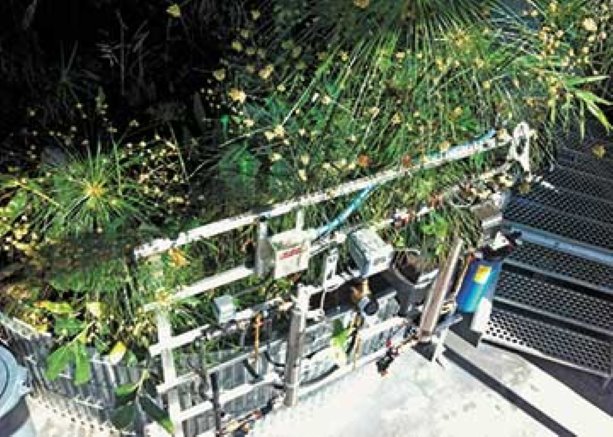
2/2
Above, row of digestion tanks planted with a variety of water plants. Below, a profusion of plants that have overflowed the tank they are growing in.
Photo: Eco-Tek Ecological Technologies Inc."





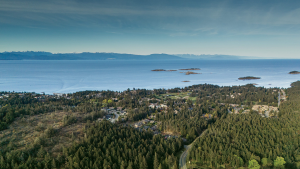
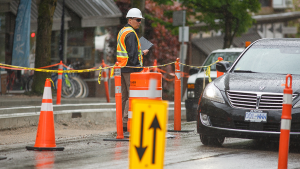
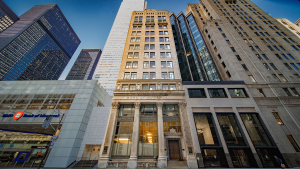
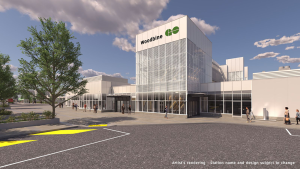

Recent Comments
comments for this post are closed